Table of content
Crispy roast duck, with its golden, lacquered skin and tender, juicy meat, is a culinary masterpiece that has captivated diners for centuries. Originating in China, this dish has transcended borders, becoming a beloved centerpiece in restaurants and home kitchens worldwide. Achieving the perfect balance of crispy texture and flavorful meat requires precision, patience, and an understanding of time-honored techniques. In this comprehensive guide, we will explore the intricacies of preparing crispy roast duck, from selecting the finest ingredients to mastering the roasting process. Whether you are a seasoned home cook or a curious novice, this article will equip you with the knowledge to create a dish that rivals even the most renowned restaurants.
The Allure of Crispy Roast Duck
Crispy roast duck’s appeal lies in its contrasting textures and rich, savory flavor. The skin, rendered crisp through a meticulous process of drying and roasting, shatters delicately with each bite, while the meat beneath remains succulent and aromatic. This dish is often served with thin pancakes, hoisin sauce, slivered cucumbers, and scallions, allowing diners to wrap the duck in a harmonious blend of flavors and textures. Beyond its taste, crispy roast duck carries cultural significance, symbolizing prosperity and celebration in many Asian traditions.
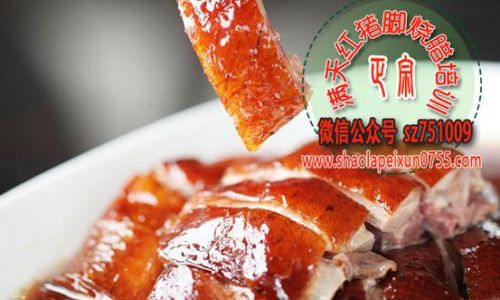
Ingredients: The Foundation of Flavor
To embark on this culinary journey, gather the following ingredients:
- 1 whole duck (5–6 pounds): Opt for a fresh, plump bird with smooth, unblemished skin.
- 2 tablespoons kosher salt: For seasoning the cavity and skin.
- 1 tablespoon five-spice powder: A fragrant blend of star anise, cloves, cinnamon, Sichuan pepper, and fennel seeds.
- 1 teaspoon ground white pepper: For subtle heat.
- 1 tablespoon honey or maltose: To glaze the skin and promote caramelization.
- 2 tablespoons rice vinegar: Balances sweetness and aids in crisping.
- 4 garlic cloves, smashed: Infuses the cavity with aromatic depth.
- 1 small onion, quartered: Adds mild sweetness.
- 1 ginger root (2 inches), sliced: Provides zesty warmth.
- 4 cups boiling water: For tightening the skin.
- 1 tablespoon neutral oil: For basting.
Preparation: The Key to Crispy Perfection
Cleaning and Trimming
Begin by rinsing the duck under cold water, removing any giblets or excess fat from the cavity. Pat the skin dry with paper towels, ensuring no moisture remains. Trim excess fat around the neck and tail to prevent flare-ups during roasting.
Scoring the Skin
Using a sharp knife, lightly score the duck’s breast and thigh skin in a diamond pattern. Be cautious not to pierce the meat—this step allows fat to render and skin to crisp.
Seasoning the Cavity
Rub the cavity with a mixture of salt, five-spice powder, and white pepper. Stuff it with garlic, onion, and ginger to impart flavor from within.
Trussing the Duck
Secure the legs together with kitchen twine and tuck the wings beneath the bird. This ensures even cooking and a uniform shape.

Air-Drying
Place the duck on a wire rack set over a baking sheet. Refrigerate it uncovered for 12–24 hours. This critical step dehydrates the skin, paving the way for maximal crispiness.
The Roasting Process: Science Meets Art
Parboiling for Tightened Skin
Preheat your oven to 350°F (175°C). In a large pot, bring 4 cups of water to a boil. Carefully lower the duck into the water using tongs, submerging it for 1–2 minutes. This process tightens the skin, reducing excess fat and ensuring a lacquered finish.
Glazing the Skin
In a small bowl, whisk honey and rice vinegar. Brush this mixture generously over the duck’s skin, ensuring even coverage. The honey caramelizes during roasting, while the vinegar aids in crisping.
Roasting Technique
- Initial Roast: Place the duck breast-side up on a rack in a roasting pan. Roast for 1 hour, basting every 20 minutes with the pan drippings.
- Increase Heat: After 1 hour, raise the oven temperature to 425°F (220°C). Continue roasting for 20–30 minutes, or until the skin is golden-brown and crisp. Monitor closely to prevent burning.
Testing for Doneness
Insert a meat thermometer into the thickest part of the thigh (avoiding bone). The duck is ready when the internal temperature reaches 165°F (74°C).
Resting and Carving
Once cooked, transfer the duck to a cutting board and let it rest for 15–20 minutes. This allows the juices to redistribute, ensuring moist meat. Carve the duck into thin slices, separating the crispy skin from the meat. Serve immediately with steamed pancakes, hoisin sauce, julienned cucumbers, and scallions.
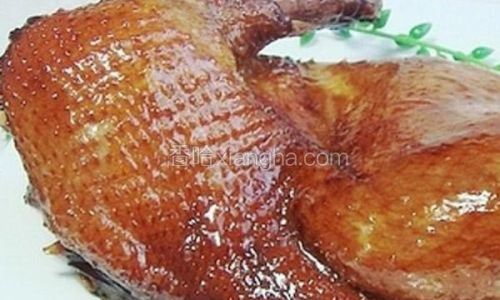
Tips for Success
- Choose Quality Ingredients: A fresh, free-range duck yields superior flavor and texture.
- Patience in Drying: The air-drying step is non-negotiable—rushing it results in soggy skin.
- Baste Regularly: Frequent basting with pan drippings keeps the meat moist and enhances caramelization.
- Monitor Oven Temperature: Fluctuations can lead to uneven cooking. Use an oven thermometer for accuracy.
- Rest Before Carving: Skipping this step risks dry meat as juices escape during slicing.
Common Pitfalls and How to Avoid Them
- Soggy Skin: Ensure thorough drying and avoid covering the duck during roasting.
- Uneven Cooking: Truss the duck properly and rotate the pan halfway through cooking.
- Burnt Skin: Reduce oven temperature if browning occurs too quickly.
Pairing Suggestions
Crispy roast duck pairs beautifully with:
- Light Beers: A crisp lager cleanses the palate between bites.
- Riesling: Its sweetness balances the duck’s richness.
- Jasmine Tea: A fragrant, floral complement to the dish’s savory notes.
Cultural Significance and Modern Adaptations
In Chinese cuisine, crispy roast duck is a symbol of luxury and tradition, often served during weddings and festivals. Modern chefs have embraced creativity, experimenting with glazes like plum sauce or star anise-infused honey. However, purists argue that simplicity honors the dish’s heritage.
Conclusion: A Labor of Love
Crafting the perfect crispy roast duck is an exercise in patience and precision. Each step—from air-drying to meticulous glazing—contributes to the final symphony of textures and flavors. While the process demands time, the result is a dish that evokes awe and satisfaction. Whether shared among loved ones or savored solo, crispy roast duck is a testament to the magic of culinary craftsmanship. So, roll up your sleeves, embrace the journey, and prepare to indulge in a timeless masterpiece.
This article equips you with the tools to recreate this iconic dish. With practice, you’ll master the delicate dance of fire and flavor, transforming a humble duck into a feast for the senses. Happy cooking!
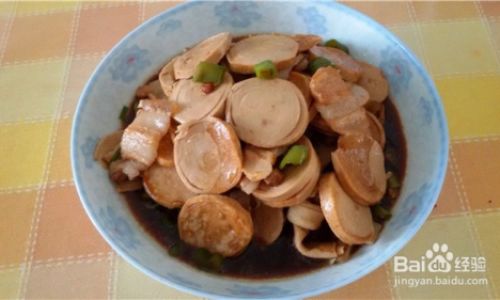

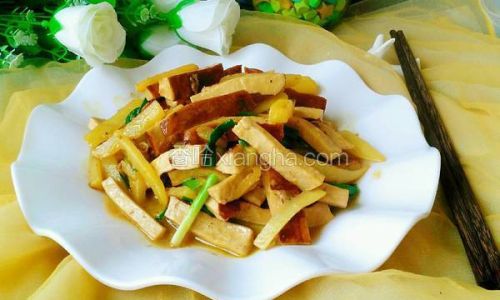

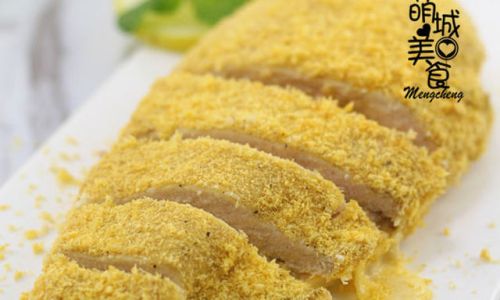
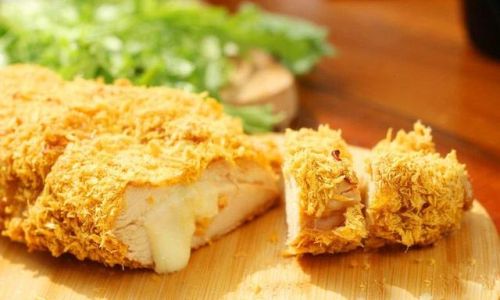
0 comments